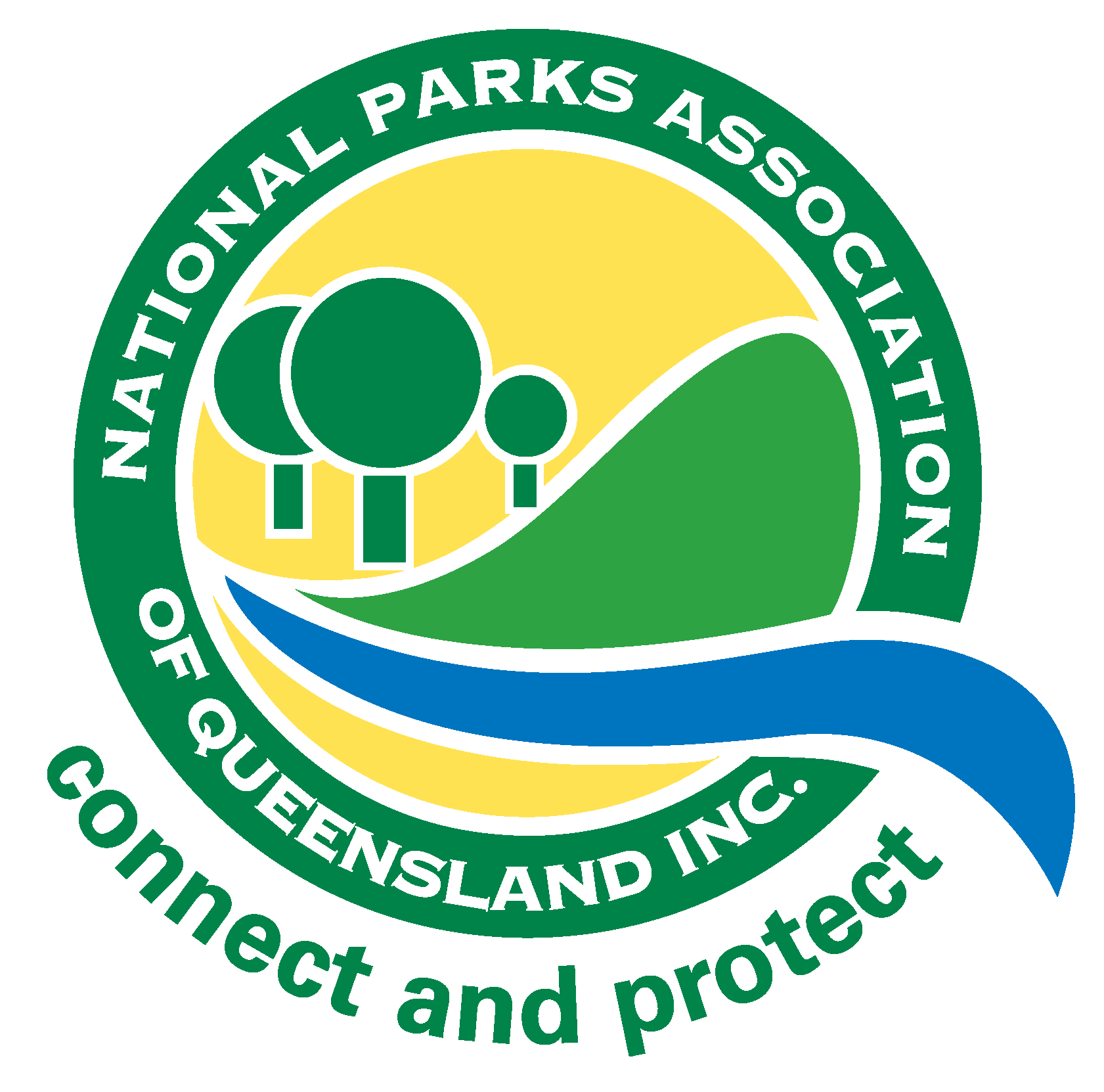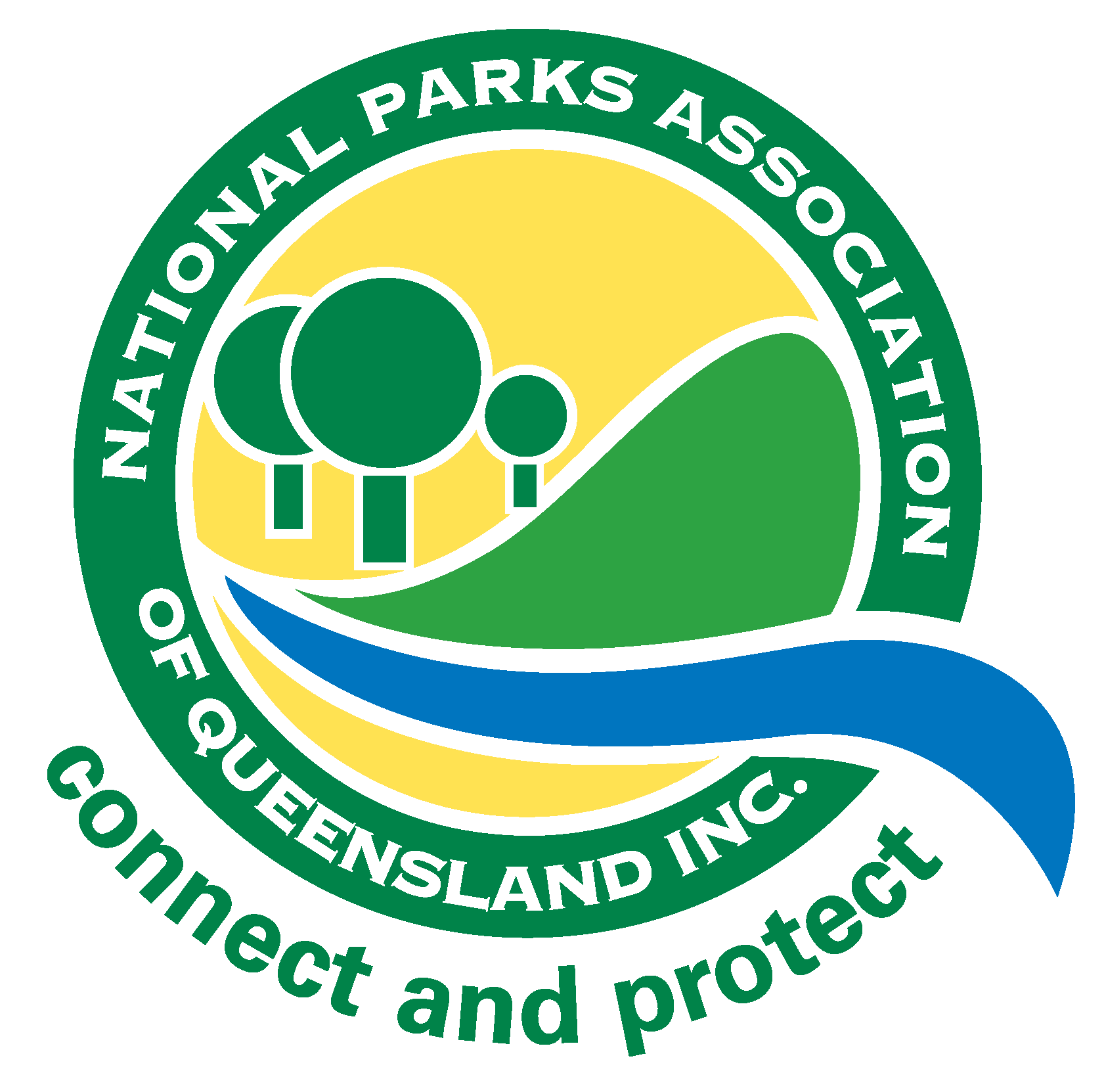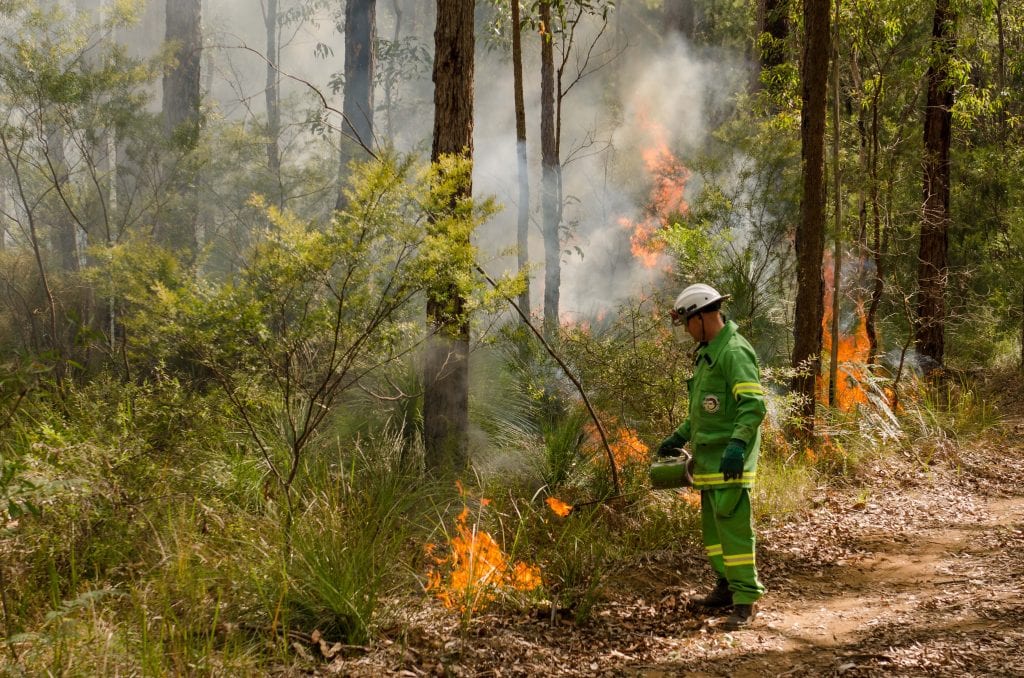Indigenous Conservation, National Parks, Nature Refuges, State Forests
Fire Management a Top Priority for QPWS Rangers
A QPWS ranger applying fire for a planned burn in Crows Nest National Park.
The Queensland Parks and Wildlife Service (QPWS) manages more than 13 million hectares of parks and forests (around 7.5% of Queensland), making it the largest land manager in the state.
Maintaining the diverse natural, cultural, social and economic values of parks and forests stretching the length and breadth of the state requires a year-round effort from QPWS’ team of more than 800 rangers.
While the recent restrictions from the COVID-19 pandemic saw some national parks across the state closed to visitors, it has provided QPWS rangers with some welcome opportunities to undertake additional maintenance works and planned burns. On Naree Budjong Djara National Park on Minjerribah (North Stradbroke Island), QPWS rangers worked with the Quandamooka Fire Team to deliver important hazard mitigation and cultural burns that would normally have proved difficult to conduct during the peak Easter school holiday period.
With the recovery from last year’s bushfires still underway, the need to prepare for the upcoming bushfire season is very much top of mind for QPWS’ hard-working rangers.
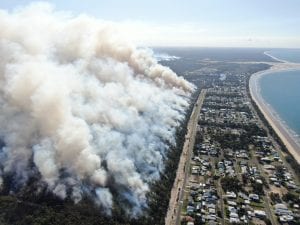
2019–20 bushfire season
In preparation for the 2019 bushfire season, QPWS conducted planned burns over more than one million hectares—the largest area covered for the past six years. Severe fire weather, above-average temperatures, strong winds and low humidity on the back of an extended period of drought created challenging conditions throughout the 2019–20 bushfire season.
Between September 2019 and the end of January 2020, more than 8,000 bushfire incidents ravaged Queensland. Approximately 133 bushfires—less than 2% of all bushfires in Queensland—started on QPWS parks and forests. Of those, 76% were contained on QPWS estate despite the severe conditions.
Following the 2019-20 bushfire season, rangers have been undertaking post-fire evaluations across the state including fire severity and extent mapping, and threatened species and ecosystem impact assessments. This work will help prioritise recovery programs and activities, and inform future planning and management.
A collaborative approach
Fire management requires a collaborative approach and QPWS works throughout the year with local communities, neighbours and other Queensland Government agencies including the Queensland Fire and Emergency Services (QFES). QPWS also has strong partnerships with First Nations Peoples, who have used fire for thousands of generations to help manage landscapes, and to connect to and care for Country.
In the jointly managed Rinyirru (Lakefield) National Park in Cape York, QPWS rangers and the Rinyirru Traditional Owners use a combination of contemporary and traditional fire management practices for planned burns. Traditional fire sticks are used to light up small areas of ground and incendiaries dropped from an aircraft to help create a mosaic pattern of burnt and unburnt areas across the 544,000 hectare protected area.
Fire for conservation and protection
Fire plays an important role in helping to maintain the unique biodiversity found within Queensland’s parks and forests. It helps regenerate many plant species, restore and maintain ecosystems and can assist with pest management and control. The flush of nutrients left post-fire, along with sunlight and rain, make a perfect bed for seeds to germinate and perennial grasses to respond, providing food for wildlife. The protection of logs and habitat trees through low intensity planned burns provide shelter and a safe place for wildlife to breed.
The conservation and cultural values of each park and forest is unique, requiring rangers to tailor their fire management and mitigation activities.
The Burrum Coast National Park, south-east of Bundaberg, has a number of Cypress trees which are culturally significant and have been used by First Nations People for their medicinal properties for thousands of generations. To minimise the risk of damage to these and other scar trees from a bushfire event, QPWS rangers and the Butchulla Land and Sea Rangers use traditional burning practices to create a protection zone around the trees. Spot burning starts from the base of the large trees and continues outward in concentric rings. This technique creates a lower intensity burn that helps protect the natural ecosystem by giving insects and other slow moving fauna more opportunity to climb, burrow or move away.
Planned burning to reduce fuel loads is one method rangers use to mitigate against the risk of damaging bushfires in parks and forests later in the year. They are generally completed during the cooler months when conditions tend to be milder, but can be undertaken any time of year, depending on the purpose of the burn and provided the conditions are right.
In most cases, it can take many months (and in some instances, years) of planning and coordination between QPWS and other agencies before a planned burn can be implemented, especially where residential areas adjoin national parks and forests.
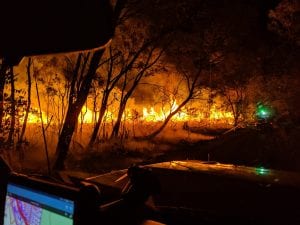
Prior to the 2019–20 bushfire season, rangers teamed up with QFES to conduct a joint agency planned burn in the busy Noosa Junction area which adjoins the Noosa National Park on the Sunshine Coast. Every planned burn is different, so while this burn area was small at only 53 hectares, often it is the smaller burns that tend to be the most complex, both in planning and execution due to their proximity to neighbouring communities.
In highly urbanised areas like Noosa Junction, rangers are always mindful of the impacts of smoke on the surrounding area and key community assets such as nearby schools, sporting grounds, aged care facilities and shopping precincts. In this instance, rangers aim for weather conditions that will assist with dissipating the smoke and use a variety of tactics and lighting techniques to carefully manage the burn to reduce disruption and smoke effects for the local community.
Looking ahead
Ahead of the upcoming 2020 bushfire season, QPWS’ planned burn program commenced in north Queensland in January and has continued to expand state-wide. The planned burn season generally extends through Autumn into Winter and during this time, QPWS’ efforts align with risk mitigation activities undertaken by QFES as part of their annual Operation Cool Burn. At the end of April, rangers had already completed more than 130 burns—double the burns undertaken for the same period last year—showing just how valuable their skills and expertise are in reducing fuel loads to protect people, property and the environment from the potentially devastating impacts of bushfires.
